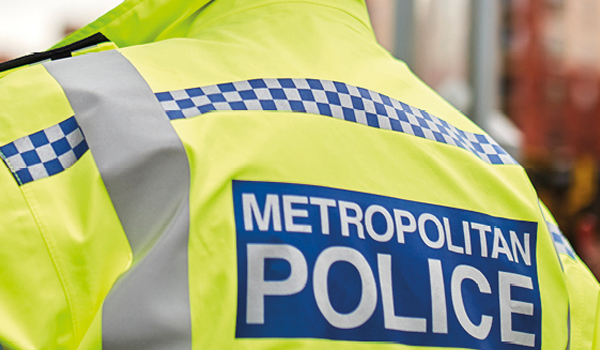Police Professional | MPS using data analytics to target those who pose most risk to women and girls

MPS using data analytics to target those who pose most risk to women and girls
Sixty suspects believed to be responsible for the most extreme harm to women and girls have been arrested by the Metropolitan Police Service (MPS) since last August using a “dynamic” new data-led approach.
Apr 11, 2024
By Paul Jacques
The ‘V100’ initiative uses data analytics to identify and target the top men and women who pose the most risk using existing police data from victim reports of crime alongside the Cambridge Crime Harm Index, a tool that helps police measure the seriousness of harm to victims.
The MPS said this enables it to prioritise police interventions to have the biggest impact, reducing the threat perpetrators pose and the harm they cause.
Twenty-four of those arrested have been convicted so far.
The Met is reprioritising how it protects the public from harm and transforming how it safeguards the vulnerable and combats violence against women and children as part of its A New Met for London plan.
Commander Ben Russell, who leads on V100 for the MPS, said: “Violence against women and girls is totally unacceptable and the Met is determined to stop predators and bring them to justice.
“We’re using data to identify the most predatory offenders in London who pose the greatest threat to women and girls where evidence shows a disproportionate amount of crime is committed by a comparatively small number of people in society.
“The results show our approach is working in targeting the most dangerous suspects. I am proud of the progress we are making in using innovative, precise techniques to take dangerous offenders off the streets of London and we will ensure the most harmful will be brought to justice.”
In one case, 55-year-old Marcelino Goncalves, from Acton, was arrested and convicted after being highlighted as a high-harm offender and prolific abuser.
He was convicted on Friday March 22 for rape, assault by beating, assault occasioning actual bodily harm, stalking and controlling coercive behaviour.
The MPS said Goncalves came to its attention when a member of public saw him assault a woman known to him. The victim then disclosed her long history of abuse she faced – threatening her at her home, burning her with a cigarette because she did not want to have sex with him and punching her in the face.
“Goncalves even continued to target her while on remand, making 15 calls from prison, but with enhanced management within the prison system, they were able to put a stop to the harassment when it was reported,” the force said.
He will be sentenced on June 7.
Professor Lawrence Sherman, the MPS’s Chief Scientific Officer, said “This highly precise approach works by taking the names of suspects provided by victims and witnesses and uses the Cambridge Crime Harm Index to rank them in order, to give priority to those causing the greatest harm to women and girls.
“We are the first police service to use this targeting method to tackle this issue, which highlights the power of systematic tracking of every suspect in London.”
The MPS said no suspects are selected based on police intelligence alone. The rank-ordering of suspect priority is based on the Crime Harm Index scores summed across all of the two or more crimes reported in the past 365 days by the victims and witnesses and partner agencies. The prioritisation is refreshed monthly.
To stop further harm by the 100 top suspects, V100 uses a combination of local and specialist teams across London.
“Our activity is split between opportunities for enforcement and prevention tactics where appropriate,” the force said.
Alongside the V100 iniative, the MPS also ensuring more resource is focused on these perpetrators, taking a multi-agency approach and working more closely with victims. This includes:
- Local officers being prioritised towards arresting and interviewing wanted suspects;
- An enhanced manhunt for a wanted high-risk suspect, using specialist assets and covert techniques to track them down;
- Working with partners and victims and using whatever tactics possible to take dangerous people off the streets, including recalls to prison, multi-agency interventions, and civil orders;
- Investigations using specialist assets to catch suspects preparing or planning to offend; and
- Working with victims to ensure all safeguarding opportunities are exhausted and that their voices are considered in the planned action.



